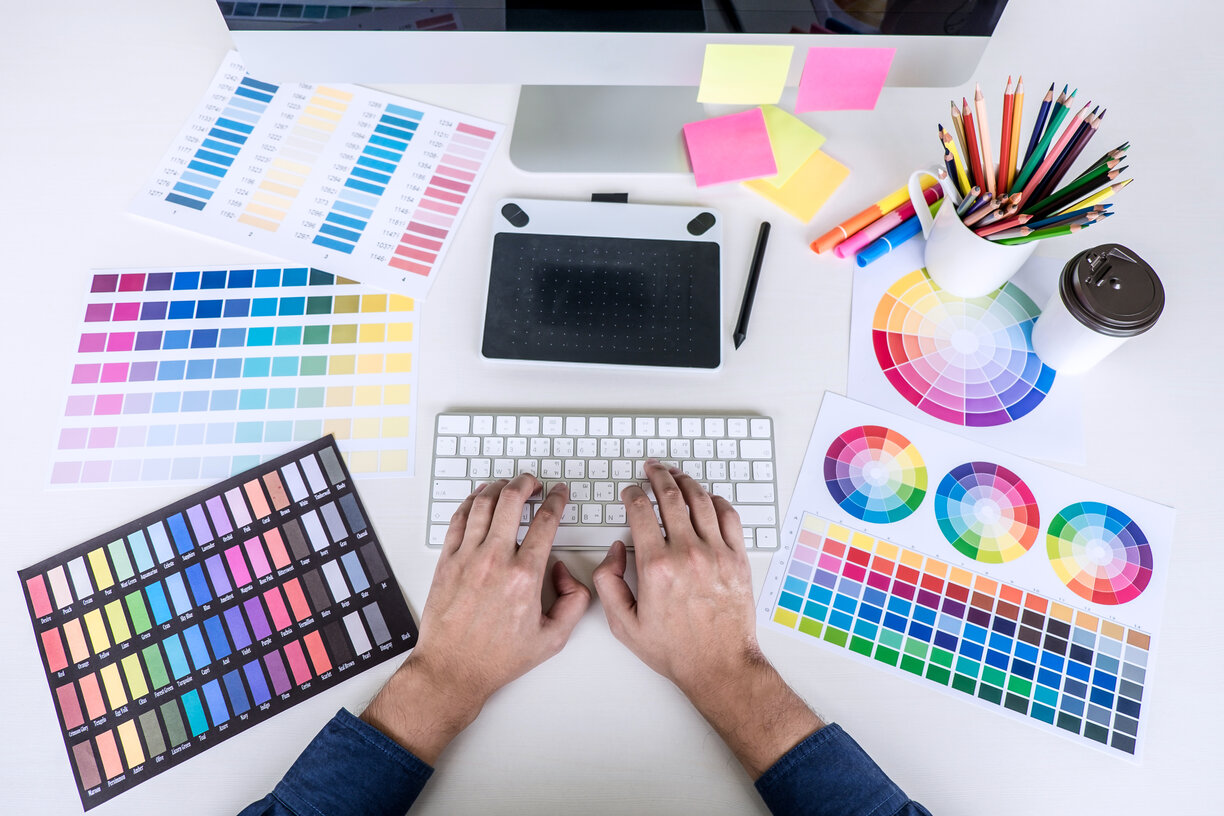Graphic Tools

Here are some key aspects related to graphics:
- Raster Graphics: Raster graphics, also known as bitmap graphics, are made up of a grid of pixels. Each pixel contains information about its color and position, and when combined, they form an image. Common file formats for raster graphics include JPEG, PNG, and GIF. Software tools like Adobe Photoshop and GIMP are widely used for creating and editing raster graphics.
- Vector Graphics: Vector graphics use mathematical equations to define geometric shapes and paths. They are resolution-independent, meaning they can be scaled without losing quality. Vector graphics are commonly used for logos, illustrations, and typography. File formats such as SVG, EPS, and AI are commonly associated with vector graphics. Adobe Illustrator and CorelDRAW are popular software tools for creating vector graphics.
- Typography: Typography refers to the art and technique of arranging typefaces or fonts to make written language readable and visually appealing. It involves selecting appropriate fonts, sizes, spacing, and formatting to convey the intended message effectively. Graphic designers often utilize typography as a key element in creating visually appealing designs.
- Icons: Icons are small, simplified graphical representations that represent concepts, actions, or objects. They are commonly used in user interfaces, websites, and presentations to enhance visual communication. Icons are designed to be easily recognizable and typically use simple shapes and symbols.
- Infographics: Infographics combine visual elements such as icons, charts, graphs, and text to present complex information or data in a visually appealing and easily understandable manner. They are used to convey statistics, comparisons, processes, or explanations, often in a condensed and engaging format.
- Motion Graphics: Motion graphics involve animating graphic elements to create visually engaging and dynamic visuals. They can include moving text, animated icons, transitions, and visual effects. Motion graphics are commonly used in videos, presentations, and advertisements to add interest and convey information in an engaging way.
Graphics play a crucial role in various design disciplines, including graphic design, web design, user interface (UI) design, and multimedia production. They help convey information, evoke emotions, enhance visual appeal, and improve overall user experience.





